By Michael Brennan
2020 has probably taught us all a few lessons. For example. Expecting and preparing for the unexpected? Certainly. The importance of digital connectivity? Without doubt. The strength of local communities? Definitely.
There has also been much talk of a humanisation of business. Driven by lockdown and enforced remote working, this reflects the importance of employee support, but also consumer empathy. In both cases we need a real understanding of circumstances and changing needs – and a commitment to respond to the issues highlighted.
(The importance of organisational values aligning with real-world behaviours was discussed by Jackie Le Fevre in a recent post)
As I write at the start of November, Lockdown 2 has taken effect in England, while other restrictions remain in place in Northern Ireland, Scotland, and Wales. We can’t yet know how successful this lockdown will be, but all the indications are that we are set for a long winter (at least) of continuing restrictions and further lockdowns.
So, if this is today’s normal how can we hone our marketing communications for the coming months?
Most of you will have some digital marketing capacity; an email list, a WhatsApp group, a Twitter following or a Facebook Group for example. All of which enable you to keep communicating with customers and to respond to changing restrictions and local conditions.
Many of you will also have invested resource into profiling your local area, identifying local employers and the self-employed, families with children, sports fans and teams, community groups and forums, and many other possible audience segments. Others will have built pandemic driven lists of those shielding or otherwise vulnerable.
Put together you have a powerful and efficient vehicle for communicating the right messages to the right local audiences for your business. And we know that this has never been more needed than now.
Mobile driving local connections
As such any available resource should be invested in local communications and community outreach - for which mobile is the obvious vehicle. There has been much talk of the acceleration of digital transformation caused by the pandemic. Make now the time that you really pivot to a mobile first communications strategy.
And that in no way means contradicting the channel neutrality at the heart of the Authentic proposition. You know from your own behaviour that the primacy of mobile doesn’t directly correlate with individual channels.
What a Mobile First approach does reflect is that the fact that, as Ofcom report, over 80% of total online time is now spent on a mobile or tablet device. And across the UK we spent an average of 4 hours and 2 minutes online each day in April 2020 – rising to over 5 hours for 18-24 year olds.
We heard the importance of local messaging, and humour, in Kate Vogelsang’s recent post, never more important than now as the national consensus around Covid has fragmented in the face of changing regional and local restrictions and a punitive approach from central government.
We are all living life even more locally than ever before. There is serious hope that long-term changes to working patterns may benefit smaller towns and high streets as more people work flexibly from home for more of the time.
Mobile offers multiple opportunities to engage with the local community, but the single most important starting point is to be visible to your audience – where they’re spending their time.
And then you can think about best to play to your strengths and how to cut through:
If they can’t have a Sunday roast at the pub what tips can you share to help them do one at home?
If they’re not going to be out for cocktails, how they can make the best of what they have at home?
If they can’t make the pub quiz can you run one online?
What about local competitions, treasure hunts and the like?
For those with younger audiences there are exciting local marketing developments happening at Snapchat, while TikTok has rarely been out of the news this summer as it continues to engage and enthuse ever more young (or young-feeling) people with its offbeat video format.
There is so much that you could do on mobile, but of course it’s a question of priorities, resources, and skills. To the latter point, there may be opportunities at this time to work with local talent to develop your approach. Too many young people are currently seeing their ambitions and careers put on hold, why not reach out and see how you could make this work for both parties?
So, some thoughts on why you should be thinking Mobile First for your immediate communications needs and into the future. Now is the time to find your brand voice and to get out and swim with the community, as we all attempt to navigate this new reality and set ourselves up to bounce back better.
Michael is an independent researcher, writer and marketing consultant. You can connect with Michael via LinkedIn here.




